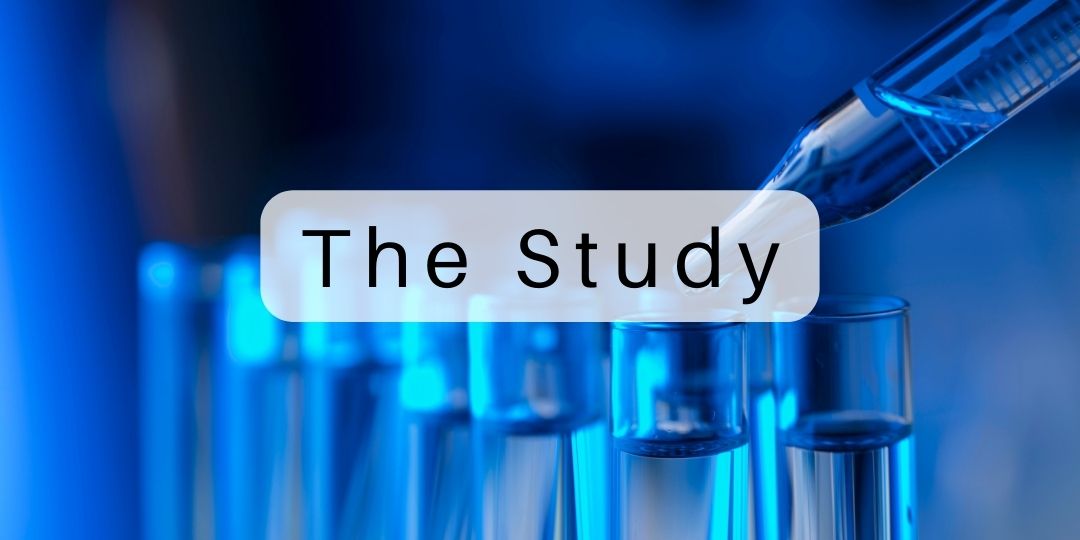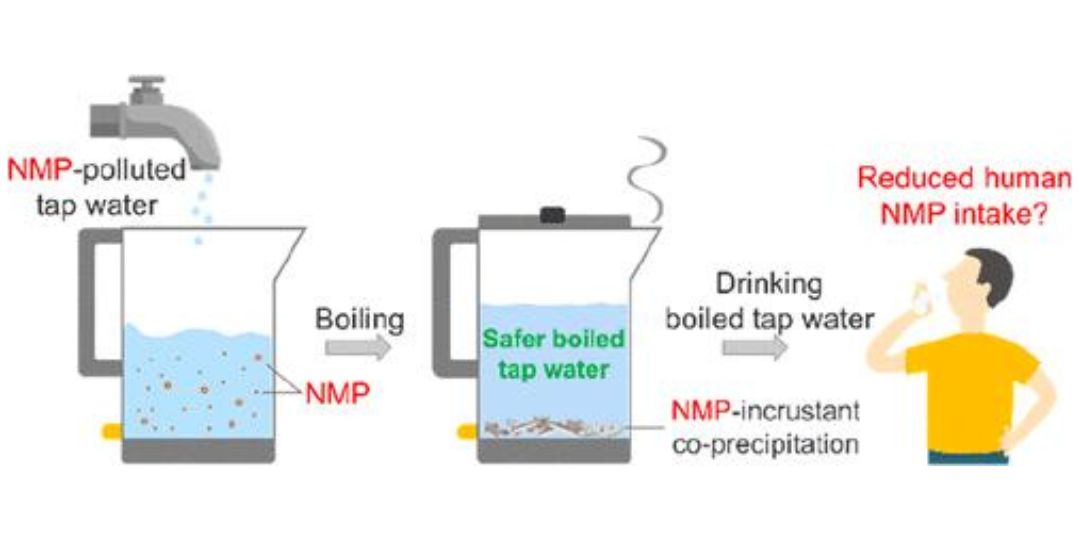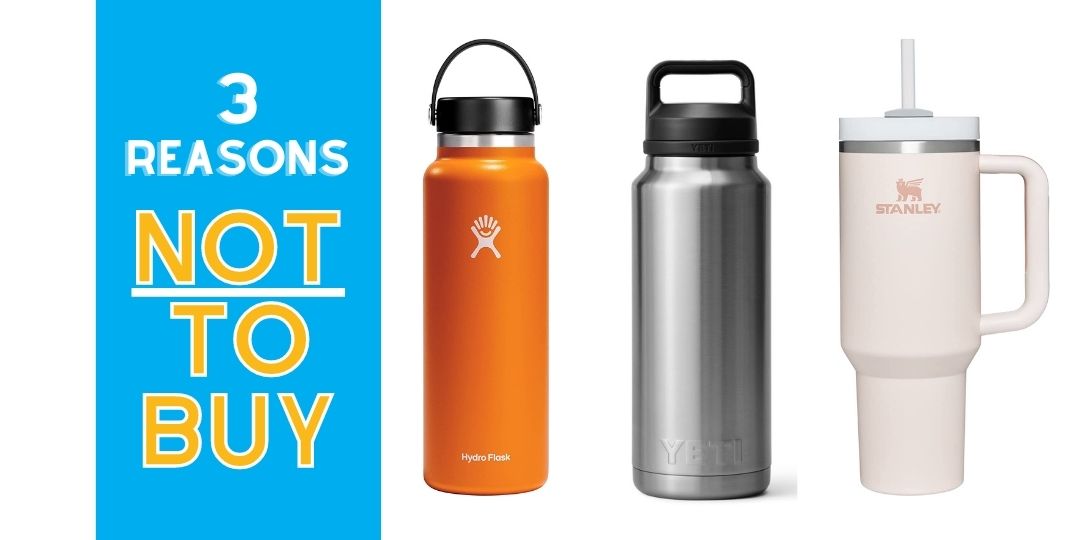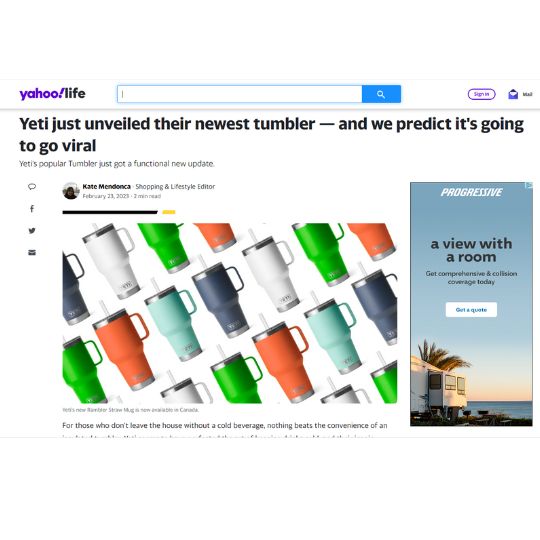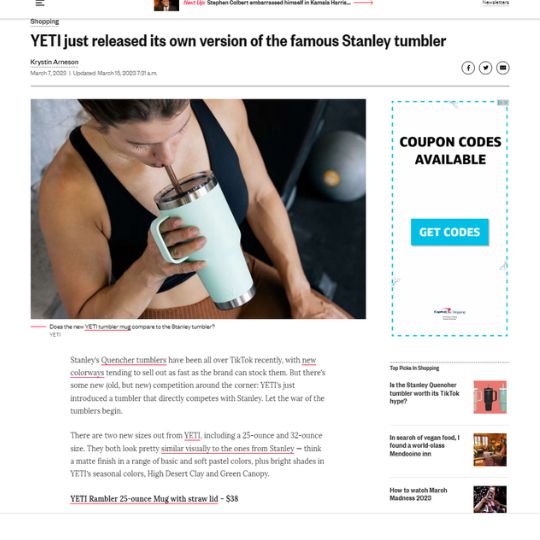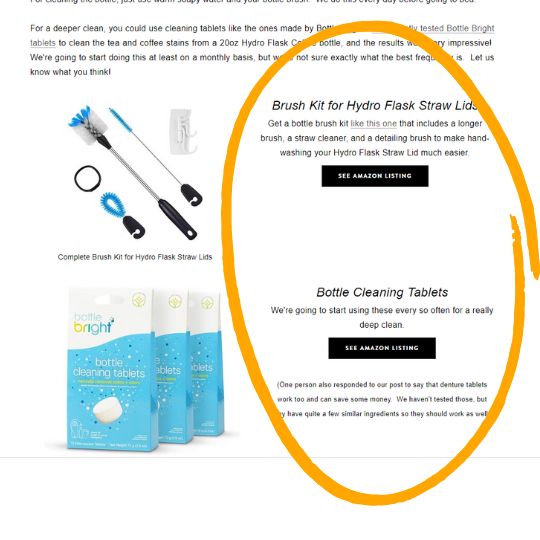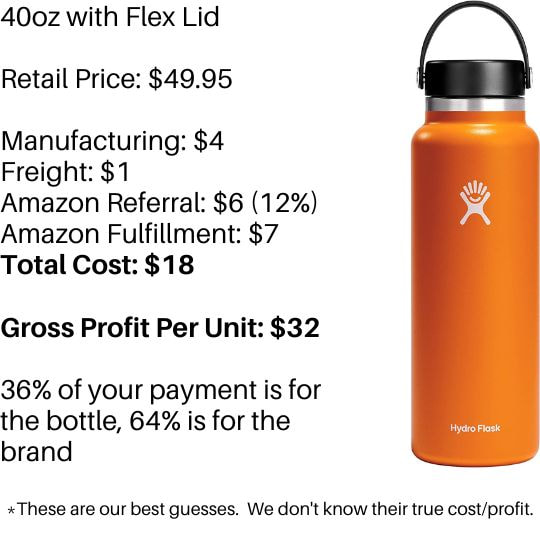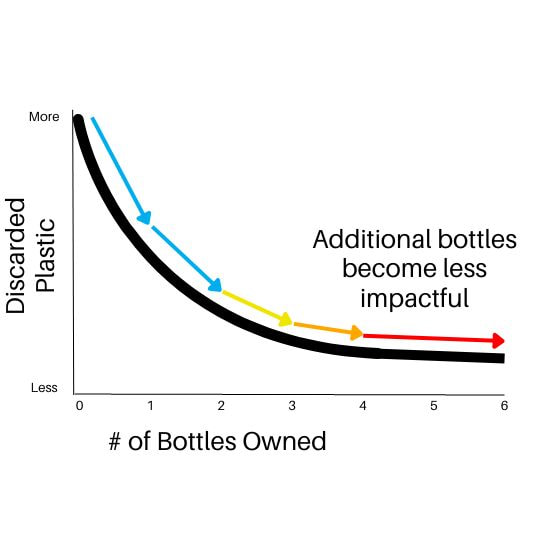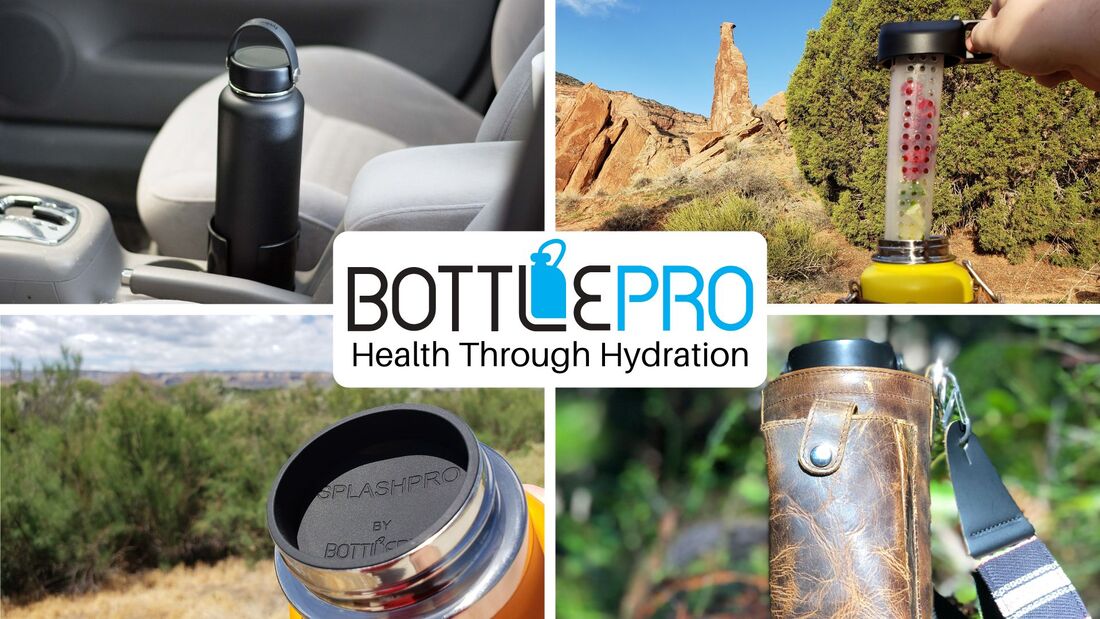|
There is a growing level of concern and awarness about microplastics in water, but a new study suggests that boiling water may remove many of these tiny particles. What are Microplastics and Nanoplastics?If you have not heard of microplastics in the past, the National Oceanic and Atmospheric Administration gives a quick recap here. (or just google "what are microplastics" and it should come up near the top of the list). Essentially, microplastics are small pieces of plastics that are less than 5 millimeters long. They are caused when small plastics are washed away or discarded, and they can also be created when larger plastics break down over time. The widespread use of plastics combined with the difficult of filtering these small pieces has caused to them to become increasingly prevalent and widespread in our drinking water, lakes, and oceans. And as you might expect, nanoplastics are similare but are even smaller. Some microplastics with common examples include:
Does Boiling Water Remove Microplastics?The experiment is titled "Drinking Boiled Tap Water Reduces Human Intake of Nanoplastics and Microplastics." According the the abstract, the authors claim to: "present evidenence that polystyrene, polyethylene, and polypropylene NMPs can coprecipitate with calcium carbonate (CaCO3) incrustants in tap water upon boiling. Boiling hard water (>120 mg L–1 of CaCO3) can remove at least 80% of polystyrene, polyethylene, and polypropylene NMPs size between 0.1 and 150 μm. Elevated temperatures promote CaCO3 nucleation on NMPs, resulting in the encapsulation and aggregation of NMPs within CaCO3 incrustants." Essentially, this means that boiling water causes the plastics to combine with calcium cabonate (aka the "hard" in "hard water" that is in most people's homes), then the combined particles then drop to the bottom, leaving a layer of cleaner water on top. I do not have full access to the article, but I would expect two followup questions should be considered that weren't covered in the abstract.
At BottlePro, we keep an eye out for hydration and water bottle news, then we summarize it and post it here. Check back with us to stay in the loop!
0 Comments
Content Overview:
Products Mentioned in this Post: Counterpoint - Why you should Think Twice before Buying a Hydro Flask, YETI, or Stanley Water BottleYETI recently released a new bottle with a straw lid, and it’s their answer to Stanley’s Adventure Quencher bottles that took the internet by storm. You may have noticed articles like these predicting that the new YETI straw tumbler will go viral. These kinds of articles come up seemingly every week describing the next big Hydro Flask, YETI, or Stanley product that you should buy. But we’re here to give the counterpoint with three reasons why you shouldn’t buy a Hydro Flask, YETI, or Stanley. Our Video ReviewOur YouTube video covers the same information in this post, so click the link if you'd rather see the video. Otherwise, keep reading the full post below!
Reason #1 Why You Shouldn't Buy a Hydro Flask, YETI, or Stanley - Affiliate MarketersHere’s the deal. The people and companies writing these articles are affiliate marketers. They get paid if you click a link and make a purchase, so it’s in their best interest to promote the most popular and expensive items.
Always remember that there is no such thing as a perfect product for every person and situation. Every single product has a drawback or something that can be critiqued. If the article you’re reading doesn’t list at least one negative to be aware of, then you might want to get a second opinion elsewhere. Reason #2 Why You Shouldn't Buy a Hydro Flask, YETI, or Stanley - You're Mostly Paying for the LogoWe run a business selling products on Amazon and ordering items from China. Our manufacturing and shipping volumes are obviously not nearly as high as Hydro Flask, YETI, or Stanley, but we can take what we’ve learned and use that to take our best guess at what kinds of costs they have.
Now obviously there are many other costs that will bring down Hydro Flask’s true net profit, including customer service, marketing, facilities costs, and employee wages. We’re not going to try to guess what Hydro Flask’s costs are in these categories, but it’s clear to see that a minority of what you pay for with a Hydro Flask bottle is in the bottle itself. If you think of customer service, marketing, the facilities, and the employees as essentially being the brand, then this little logo basically costs you around $30 per bottle. Most of the price you pay is for the brand, not the bottle. And though there are surely some differences between brands, we wouldn't be surprised if YETI and Stanley bottles are in this same ballpark. Let’s compare these costs with Iron Flask, which is a well-established knockoff brand on Amazon. They were close on our insulation test, and they’re almost exactly the same size and shape.
Now some of Hydro Flask’s higher costs are well worth it. They have great customer service, and they make really good products that last a long time. But in our opinion, it’s still a lot to fork over for the logo and we’d rather have a greater percentage of the price we spend go into the product, not the company. YETI’s branding-related costs are possibly even more excessive. Stanleys aren’t quite as extreme, but you're definitely still paying for the logo. Reason #3 Why You Shouldn't Buy a Hydro Flask, YETI, or Stanley - The EnvironmentIt's a little counter-intuitive at first because one of the most important reasons why you should get a reusable bottle is for the environment. Disposable water bottles are terrible, and upgrading to a reusable bottle is one of the best things you can do on an individual level to reduce plastic consumption. But the reality is that most people only really need one or two bottles to get them through the day. This why we really don’t like how viral bottles and excessive marketing budgets always push customers to get the next best bottle or color. It's one thing if you if you want a different type of bottle for specific reason, like a smaller one with a sip lid for coffee. But do you really need a 6th color of a 40-ounce bottle when you already have 5 similar bottles?
Sooner or later, the total environmental cost related to manufacturing and shipping your next reusable bottle will be greater than the environmental benefit from the reduction to your plastic consumption. So before you buy your next reusable bottle, take a second to think about whether you really need it. And that’s it! You might find it a little weird for our company to tell you to not buy a water bottle given that we’re in the business of making accessories for these bottles. But like always, we try to give our honest thoughts and recommendations that will actually help. And we know we railed on affiliate marketers before, but we did include links to the products we talked about. If you make a purchase after clicking one of the links, then we get a small commission. It helps our small business out, and we appreciate the support so we can continue making unbiased posts and videos like this one. Keep BottlePro in mind for accessories for your large bottles, and happy hydrating! Buying a bottle? Keep us in mind!
Check out our Amazon store for fun and helpful accessories, like fruit infusers, cup holder adapters, and carrying slings.
|
Follow us for more hydration-focused updates!
Try searching for things like "infusers" or "Hydro Flask".
Categories
All
Archives
June 2024
Amazon Associates ProgramBottlePro is part of the Amazon Services LLC Associates Program. We strive to provide helpful information and product recommendations, and we receive a commission on purchases made after you click through our links.
|
PS Kreative, LLC, Licensed in North Carolina, USA (ID # 2514262), DBA "BottlePro"


